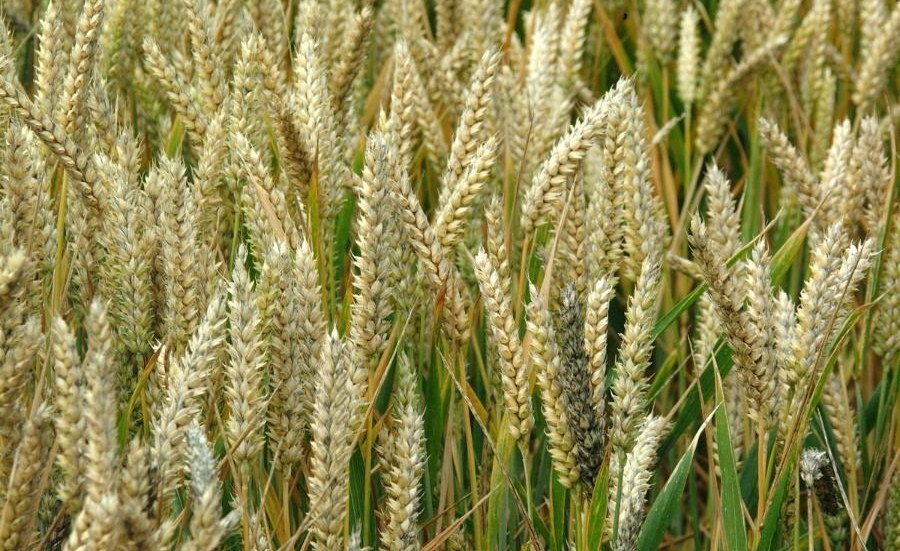Staff Reporter
Following a successful wheat cropping season, Zimbabwe is set to become wheat self-sufficient for the first time since 2005. The country is anticipating more than 300 000 metric tonnes of the cereal against a national annual requirement of 360 000 metric tonnes.
Information, Publicity and Broadcasting Services Minister, Monica Mutsvangwa said this during a Post-Cabinet Media Briefing in Harare yesterday.
“The nation is being informed that following a successful wheat season, Zimbabwe is anticipating a volume of more than 300 000 metric tones of the cereal, against a national annual requirement of 360 000 metric tonnes. This is on the backdrop of the current national wheat stocks which stand at 70 000 metric tonnes, making Zimbabwe wheat self-sufficient for the first time since 2005,” she said.
Minister Mutsvangwa revealed the approval by Cabinet for the upward review of the producer price of wheat which was presented by the Minister of Lands, Agriculture, Fisheries, Water and Rural Resettlement, Hon. Dr. Anxious Masuka, as the Acting Chairperson of the Cabinet Committee on Food Security and Nutrition, saying the development will go a long way in cushioning the wheat farmers.
“Cabinet has approved an upward review of the wheat floor producer price to ZW$55 517.69 per metric tonne (MT) for ordinary grade wheat at a 15 percent return on investment, and ZW$66 621.22 per MT for premium grade wheat during the 2021 marketing season. This will enable farmers to go back into production,” she said.
Minister Mutsvangwa said that the upward review of the producer prices is being necessitated by changes in input prices which in turn resulted in higher production costs.
“Farmers expect viability in their operations, and are grappling with cost increases in Labour (by) 51 percent fertilizers, both Compound D and Ammonium Nitrate, 27 percent and tractor and equipment (by) one 144 percent,” she said.
Minister Mutsvangawa said the input increases have a net effect of a 32 percent increase on the total variable cost per hectare.
“The net contribution of inputs to total wheat production costs in 2021 is as follows, labour, 3.19 percent seed, 5.14 percent fertilizers, 26.15 percent chemicals, 3.20 percent and operations, 12.37 percent. The biggest driver of costs is the cost of borrowing which stands at 40 percent,” she said.
A viable producer price will incentivise farmers to deliver their wheat crop to the Grain Marketing Board. The GMB has made adequate preparations for the 2021 wheat intake. Additionally, Government will avail the requisite funds to pay for the deliveries. The harvesting of the wheat is expected to commence this week, and should be completed by mid-November 2021.




